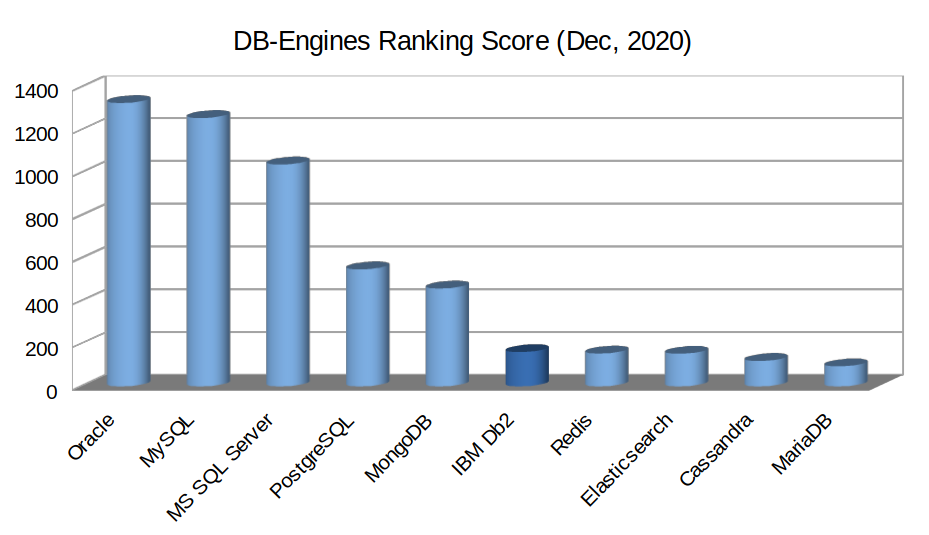

- Best free relational database .net update#
- Best free relational database .net full#
- Best free relational database .net windows#
That is why this article specifies the Top 10 Open-Source NoSQL Databases that you can use as per your specific requirements.Īll these databases are open source and have free versions. All these expectations have given rise to the NoSQL databases that are more agile, scalable, and also better suited to unprecedented levels of big data. Now companies have to deal with millions of users at the same time, handle insane quantities of both structured and unstructured data daily, and make sure there are no interruptions in their services. This is because companies increasingly require NoSQL databases as traditional relational databases are not enough to fulfill their requirements anymore. NoSQL databases are becoming more and more popular these days.
Best free relational database .net windows#
Best free relational database .net update#
Extremely distant server nodes take longer to update than local nodes because of the limit imposed by the speed of light, but several techniques can mitigate that problem, including the use of consensus group quora and very high-speed networking and storage.

Even better, some of them can handle having geographically distributed servers without sacrificing consistency. Recently, several “scale-out” SQL databases have been introduced that are horizontally scalable. Eventual consistency is good enough for many applications, such as online catalogs, but not good enough for finance. If you waited long enough, however, the new data would be replicated to all the servers in the cluster and would then be consistent. NoSQL databases introduced the idea of “eventual consistency,” meaning that if you wrote to the database from one server and read it from another right away, you might not see the same results as you would reading it from the server to which you had just written.
Best free relational database .net full#
NoSQL databases, introduced around 2009, offered horizontal scalability (meaning that they could run on multiple servers) but often lacked full ACID compliance, and usually did not support the SQL language as such. It is relatively easy for a database on a single server to conform to all four ACID properties it’s a bit harder to implement for a distributed database. The four ACID properties-atomicity, consistency, isolation, and durability-are required to ensure that database transactions will always be valid, even in the event of network partitions, power failures, and other errors. In other words, you turned to vertical scalability or “scale up.” Later on, if you needed the ability to fail-over to improve availability, you could collocate a hot back-up server with the active server in an “active-passive” cluster, typically with shared storage. If you wanted the database to handle more data and run faster, you had to put it on a bigger server with more and faster CPUs, memory, and disk. Relational SQL databases, which have been around since the 1980s, historically ran on mainframes or single servers-that’s all we had.


 0 kommentar(er)
0 kommentar(er)
